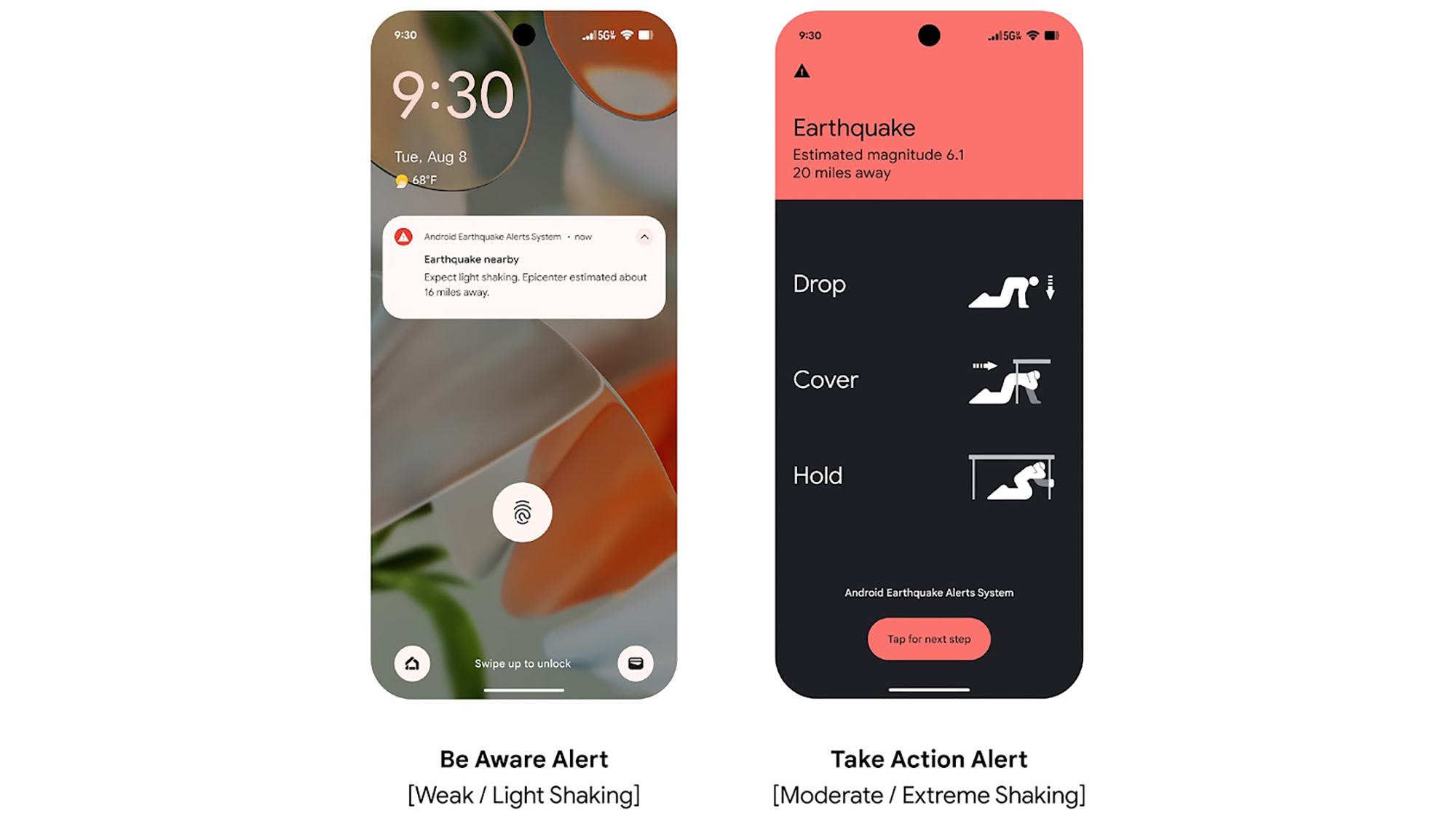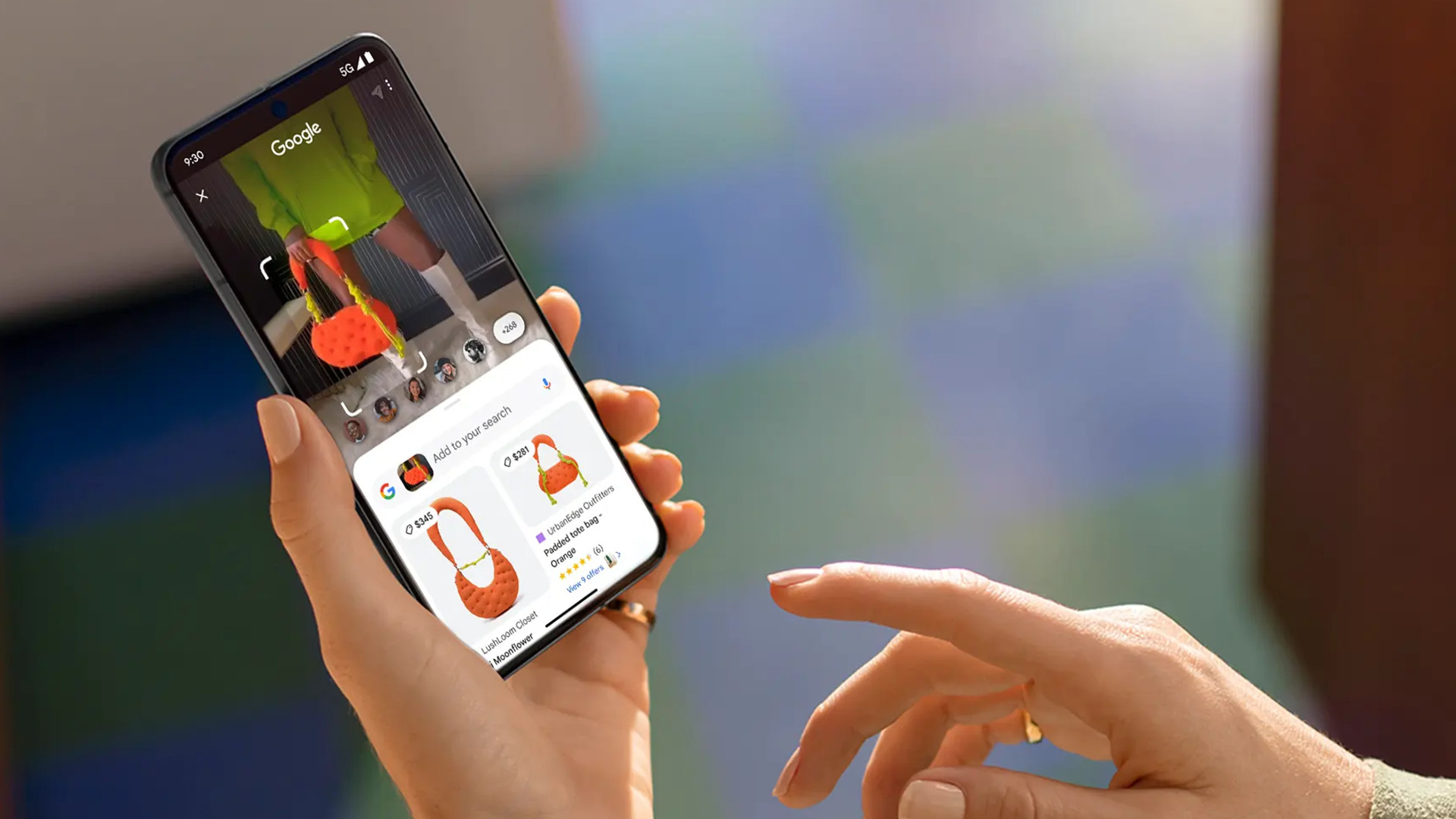Android 15 is heading to Pixels in the 'coming weeks' – as Google reveals 4 new Android features to try while you wait
Getting closer

Google has announced that the final version of Android 15 has been pushed out to the Android Open Source Project (AOSP) – that's where developers and manufacturers can pick up the code, and adapt their apps and Android releases accordingly.
It's an important step towards a public release, but we're not quite there yet. Google says Pixel phones like the Google Pixel 9 will get the update "in the coming weeks" (most likely October), while phones from other manufacturers (such as the Samsung Galaxy S24) will be getting Android 15 "in the coming months."
Google's announcement post highlights some of the new features we heard about at Google I/O 2024 back in May: a Private Space for your most important apps, better support for multitasking on large screens, improved battery life, and a low light boost for the camera that makes it easier to see what's in the frame before you take a shot.
Now it's up to Google, Samsung, OnePlus, and the rest to add their own tweaks and flourishes to Android 15 before it's pushed out to users. For Pixel phone and tablet users, that could well include new screensavers and avatar options.
While the wait for Android 15 continues, Google has also pushed out four new Android updates. Google hasn't specified which versions of Android these are for, so we're assuming that means they'll work on most modern phones and tablets running Android.

1. Earthquake alerts are expanding across the US
Google has been experimenting with using Android phones as earthquake detectors for years, but now the feature is expanding across the whole of the US, which means a lot more people can get an important heads up about seismic activity. Google has posted a dedicated blog post about the feature, which explains more about how it works.
2. Audio descriptions powered by Gemini AI
Of course, AI is involved too: Android includes a TalkBack screen reader to describe images for those with visual impairments, and those descriptions are now going to be powered by Gemini AI. That should mean more detailed information about what's on screen, whether it's pictures in a chat thread, on a shopping website, or in a phone's camera roll.
Get daily insight, inspiration and deals in your inbox
Sign up for breaking news, reviews, opinion, top tech deals, and more.

3. Search for music with Circle to Search
As previously rumored, Circle to Search is getting the ability to identify songs. If it's available on your phone, you can activate Circle to Search with a long press on the home button or navigation bar, then tap the music button to identify a song – whether the song is playing somewhere around you or in an app currently running on the phone screen.
4. Chrome can read out webpages to you
This is something we've previously seen tested, but it's now officially available for everyone: in Chrome for Android, you can tap the three dots in the top-right corner of a browser tab, then choose Listen to this page to have it read out to you. You even get some simple, podcast-style playback controls (including speed control), and a choice of voices.
You might also like

Dave is a freelance tech journalist who has been writing about gadgets, apps and the web for more than two decades. Based out of Stockport, England, on TechRadar you'll find him covering news, features and reviews, particularly for phones, tablets and wearables. Working to ensure our breaking news coverage is the best in the business over weekends, David also has bylines at Gizmodo, T3, PopSci and a few other places besides, as well as being many years editing the likes of PC Explorer and The Hardware Handbook.